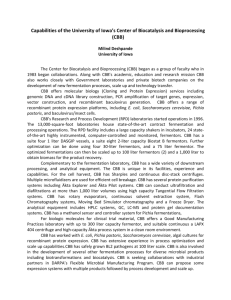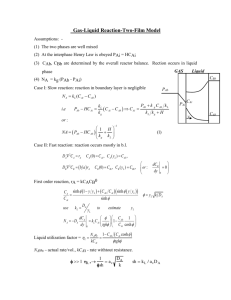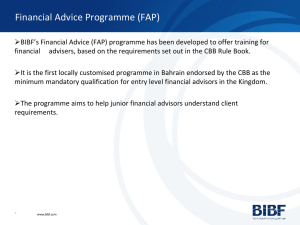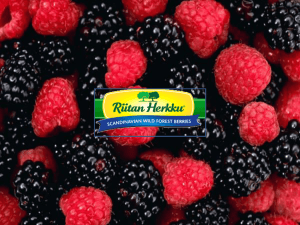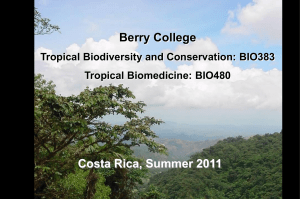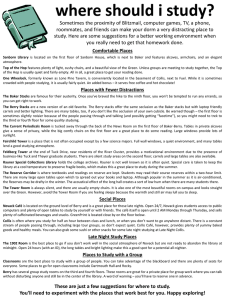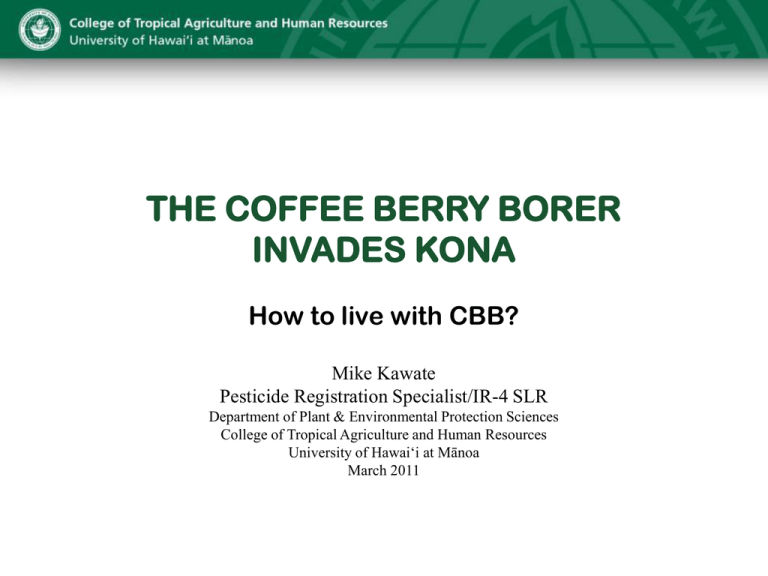
THE COFFEE BERRY BORER
INVADES KONA
How to live with CBB?
Mike Kawate
Pesticide Registration Specialist/IR-4 SLR
Department of Plant & Environmental Protection Sciences
College of Tropical Agriculture and Human Resources
University of Hawai‘i at Mānoa
March 2011
COFFEE BERRY BORER (CBB)
Hypothenemus hampei Ferrari
(Coleoptera: Cuculionidae, Scolytinae)
Endemic to Central Africa
The most economically important pest
in coffee worldwide
Hawai`i Department of Agriculture
CBB LOOK ALIKES
Black twig borer
Xylosandrus compactus
Hawai`i Department of Agriculture
Tropical nut borer
Hypothenemus obscurus
Found in South Kona (Hawai`i Island) only
-August 2010
-Confirmed by USDA-ARS
-Its distribution suggests that CBB has
been present there for several
years
-Not yet found on other islands
-How it got there?
→Controversy, finger pointing
-Misidentified (BTB, TNB)?
-Adults are 1.4-1.8 mm long
-Very young berries to mature berries
are attacked.
-Founder females bore into the berry and
live all their lives in the berry;
very well-protected.
-Females lay 2-3 eggs per day for
approximately 20 days
-10:1 female:male sex ratio
-Sibling mating occurs, therefore,
females that leave the berry are
already inseminated
-Females typically leave the berry
during periods of rain and/or
high humidity to look for another
berry to infest
-Males do not fly; only good for nothing
mating
-CBB development and reproduction
continue in “raisins” (dried up
berries) that have fallen
Life cycle, 28 to 34 days
Females can live up to 157 days and
males can live 20 to 87 days
All stages can be found in the berry at the
same time
Hawai`i Department of Agriculture
Relative size
Hawai`i Department of Agriculture
Typical entry holes
Egg gallery (left) and eggs and larvae (right)
Alternative hosts (reported reproduction)
haole koa (Leucaena leucocephala)
red fruit passion flower
(Passiflora foetida)
corn (Zea mays)
yam (Dioscorea sp.)
pigeon pea (Cajanus cajan)
ixora (Ixora sp.)
etc.
Controlling CBB
Monitor
Use baited (ethanol/methanol) traps
Chemical control
-Not an effective means, unless one can
time efficacious insecticide sprays when
the females are outside of the berry,
searching for a berry to infest.
-Biopesticides with Beauveria bassiana
cannot be used commercially in HI (yet),
due to concerns with native Scolytids.
-Have not tested efficacy of currently
registered pesticides, e.g., imidacloprid,
buprofezin, azadiractin, neem oil.
Controlling CBB
Cultural control
-Essentially prevent adult females from
escaping at any and all phases of
coffee production and processing.
-Remove all berries from an infested
orchard (manual or mechanical); prior to
pruning, during harvest, after harvest.
-Destroy all berries not marketed.
-Destroy or treat all byproducts, e.g., pulp.
-Clean all equipment and especially
bags.
Controlling CBB
Cultural control
-Remove all berries from an infested
orchard (manually or mechanically), huh?
Controlling CBB
Cultural control
-Remove all berries from an infested
orchard…easier?
Controlling CBB
Education
-Each farm should have at least one
person with responsibility to assess and
oversee the management of CBB.
-Farm employees should be educated on
what to do and what not to do to reduce
the incidence and spread of CBB.
-Educate the public and tourists about not
taking fresh berries and parchment coffee
from farms in Kona.
Controlling CBB
Quarantine
-HDoA imposed an interim quarantine rule.
-Primary zone – Western Kona coast
-Secondary zone – entire HI Island,
excluding primary zone.
-Green bean (RAC) must be treated before
leaving quarantine zones (under permit).
heat
fumigation
-No fresh berries leave zones for
interisland transport.
Controlling CBB
Biological control
Beauveria bassiana (GHA strain)
-Commercial pesticide formulations:
Botanigard ES, Mycotrol O
-Can now be imported into HI but only
under an emergency permit for field
testing.
-Local strains of B. bassiana already
exist, but are genetically distinct from the
GHA strain.
-Lab virulence tests (USDA-ARS)
indicated that there is no evidence
showing that the GHA strain is a greater
risk to native insects than strains already
existing in HI.
Controlling CBB
Beauveria bassiana (cont.)
-Parts of Hawai`i Island were under
exceptional and severe drought.
Someone had suggested that the drought,
lasting about 2 years (since April 2008) in
Kona, caused the local strain(s) to die off.
-This was suggested because CBB was
suspected of having been in Kona for
several years based on its current
distribution.
Controlling CBB
Research (ongoing/proposed)
-Post harvest treatments, e.g., heat,
irradiation, hypobaric, CO2, etc.
-Trapping
-Synchronizing flowering and fruit.
development to reduce CBB reservoirs.
-Pesticides – Mycotrol/Botanigard,
screening (new and existing products),
entomopathogenic nematodes,
indigenous B. bassiana, natural products.
-Predator complex


